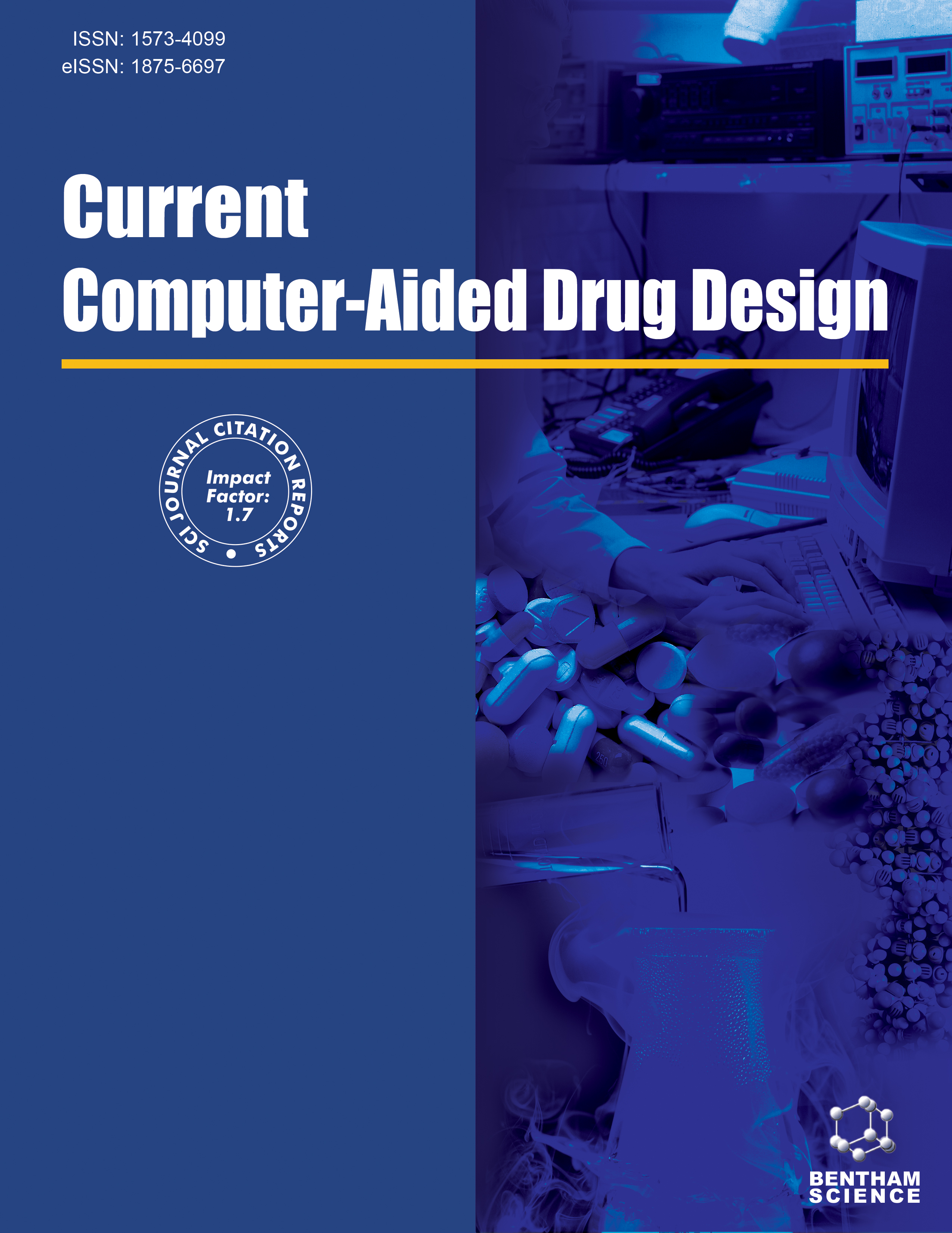
Full text loading...
We use cookies to track usage and preferences.I Understand
Klebsiella species have emerged as well-known opportunistic pathogens causing nosocomial infections with β-lactamase-mediated resistance as a prevalent antibiotic resistance mechanism. The discovery and emergence of metallo-β-lactamases, mainly new-Delhi metallo-β-lactamases (NDMs), have increased the threat and challenges in healthcare facilities.
A computational screening was conducted using 570 natural compounds from Dr. Duke’s Phytochemical and Ethnobotanical data to discover promising inhibitors for NDM-6, NDM-9, and NDM-23 of the Klebsiella species.
Using homology modeling on the Raptor-X web server, the structures of the three NDM variants were predicted. The structures were validated using various computational tools and MD simulation for 50 ns. Lipinski - Vebers’ Filter and ADMET Screening were used to screen 570 compounds, followed by docking in Biovia Discovery Studio 2019 using the CDOCKER module. GROMACS was used to simulate the compounds with the highest scores with the proteins for 50 ns. Using the MM-PBSA method and g_mmpbsa tool, binding free energies were estimated and per-residue decomposition analysis was conducted.
The three structures predicted were found stable after the 50 ns MD Simulation run. The compounds Budmunchiamine-A and Rhamnocitrin were found to have the best binding energy towards NDM-6, NDM-9, and NDM-23, respectively. From the results of MD Simulation, MM-PBSA binding free energy calculations, and per-residue decomposition analysis, the Protein-ligand complex of NDM-6 with Budmunchiamine A and NDM-9 with Rhamnocitrin was relatively more stable than the complex of NDM-23 and Rhamnocitrin.
The study suggests that Budmunchiamine-A and Rhamnocitrin are potential inhibitors of NDM-6 and NDM-9, respectively, and may pave a path for in-vivo and in-vitro studies in the future.

Article metrics loading...

Full text loading...
References


Data & Media loading...

